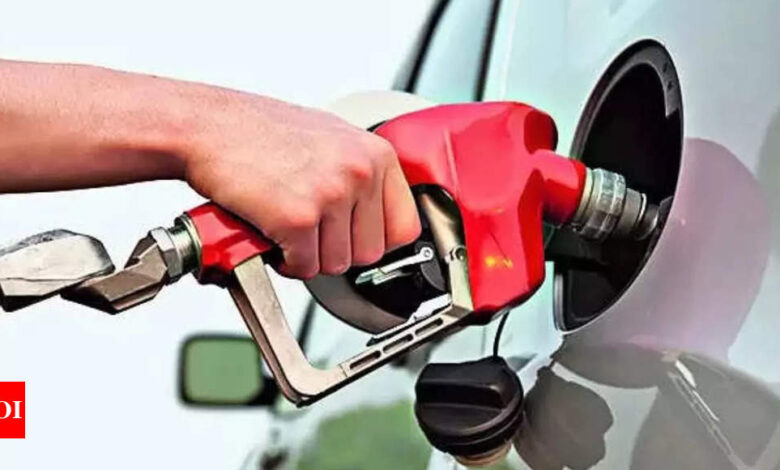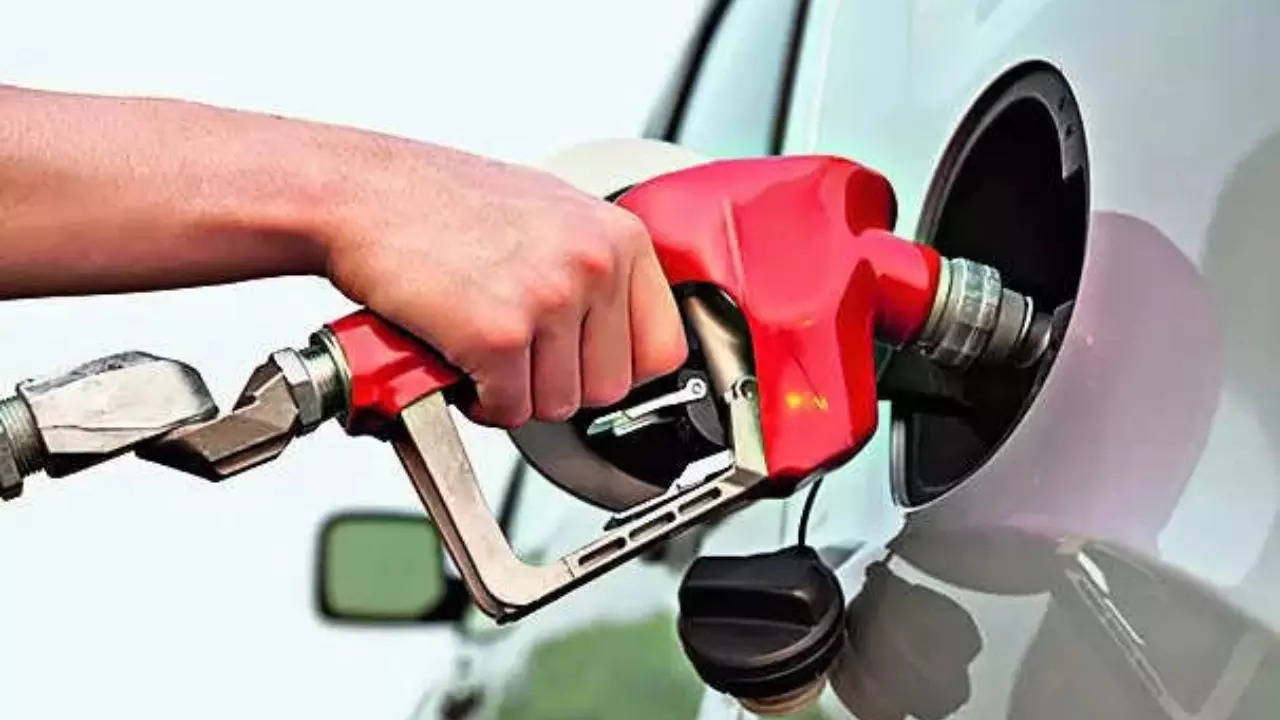World
To cut CO2 footprint, US announces rules aimed at phasing out gas cars

[ad_1]
The Biden administration Wednesday issued one of the most significant climate regulations in the nation’s history, a rule designed to ensure that the majority of new passenger cars and light trucks sold in the US are all-electric or hybrids by 2032.
Nearly three years in the making, the new tailpipe pollution limits from the Environmental Protection Agency would transform the US automobile market.A record 1.2 million electric vehicles rolled off dealers’ lots last year, but they made up just 7.6% of total US car sales, far from the 56% target under the new regulation. An additional 16% of new cars sold would be hybrids.
Cars and other forms of transportation are, together, the largest single source of carbon emissions generated by the US, pollution that is driving climate change and that helped to make 2023 the hottest year in recorded history.
Electric vehicles are central to President Biden’s strategy to confront global warming, which calls for cutting the nation’s emissions in half by the end of this decade. But EVs have also become politicised and are becoming an issue in the 2024 presidential campaign. “Three years ago, I set an ambitious target: that half of all new cars and trucks sold in 2030 would be zero-emission,” said Biden in a statement. “We’ll meet my goal and race forward in the years ahead.”
The rule increasingly limits the amount of pollution allowed from tailpipes over time so that, by 2032, more than half the new cars sold in the US would most likely be zero-emissions vehicles in order for carmakers to meet the standards. That would avoid more than 7 billion tons of carbon dioxide emissions over the next 30 years, according to the EPA. That’s the equivalent of removing a year’s worth of all the greenhouse gases generated by the US, the country that has historically pumped the most carbon dioxide into the atmosphere. The regulation would provide nearly $100 billion in annual net benefits to society, according to the agency, including $13 billion of annual public health benefits thanks to improved air quality.
The standards would also save the average driver about $6,000 in reduced fuel and maintenance over the life of a vehicle, EPA estimated. The transition to e-vehicles would require enormous changes in manufacturing, infrastructure, technology, labour, global trade and consumer habits.
Nearly three years in the making, the new tailpipe pollution limits from the Environmental Protection Agency would transform the US automobile market.A record 1.2 million electric vehicles rolled off dealers’ lots last year, but they made up just 7.6% of total US car sales, far from the 56% target under the new regulation. An additional 16% of new cars sold would be hybrids.
Cars and other forms of transportation are, together, the largest single source of carbon emissions generated by the US, pollution that is driving climate change and that helped to make 2023 the hottest year in recorded history.
Electric vehicles are central to President Biden’s strategy to confront global warming, which calls for cutting the nation’s emissions in half by the end of this decade. But EVs have also become politicised and are becoming an issue in the 2024 presidential campaign. “Three years ago, I set an ambitious target: that half of all new cars and trucks sold in 2030 would be zero-emission,” said Biden in a statement. “We’ll meet my goal and race forward in the years ahead.”
The rule increasingly limits the amount of pollution allowed from tailpipes over time so that, by 2032, more than half the new cars sold in the US would most likely be zero-emissions vehicles in order for carmakers to meet the standards. That would avoid more than 7 billion tons of carbon dioxide emissions over the next 30 years, according to the EPA. That’s the equivalent of removing a year’s worth of all the greenhouse gases generated by the US, the country that has historically pumped the most carbon dioxide into the atmosphere. The regulation would provide nearly $100 billion in annual net benefits to society, according to the agency, including $13 billion of annual public health benefits thanks to improved air quality.
The standards would also save the average driver about $6,000 in reduced fuel and maintenance over the life of a vehicle, EPA estimated. The transition to e-vehicles would require enormous changes in manufacturing, infrastructure, technology, labour, global trade and consumer habits.
#cut #CO2 #footprint #announces #rules #aimed #phasing #gas #cars






